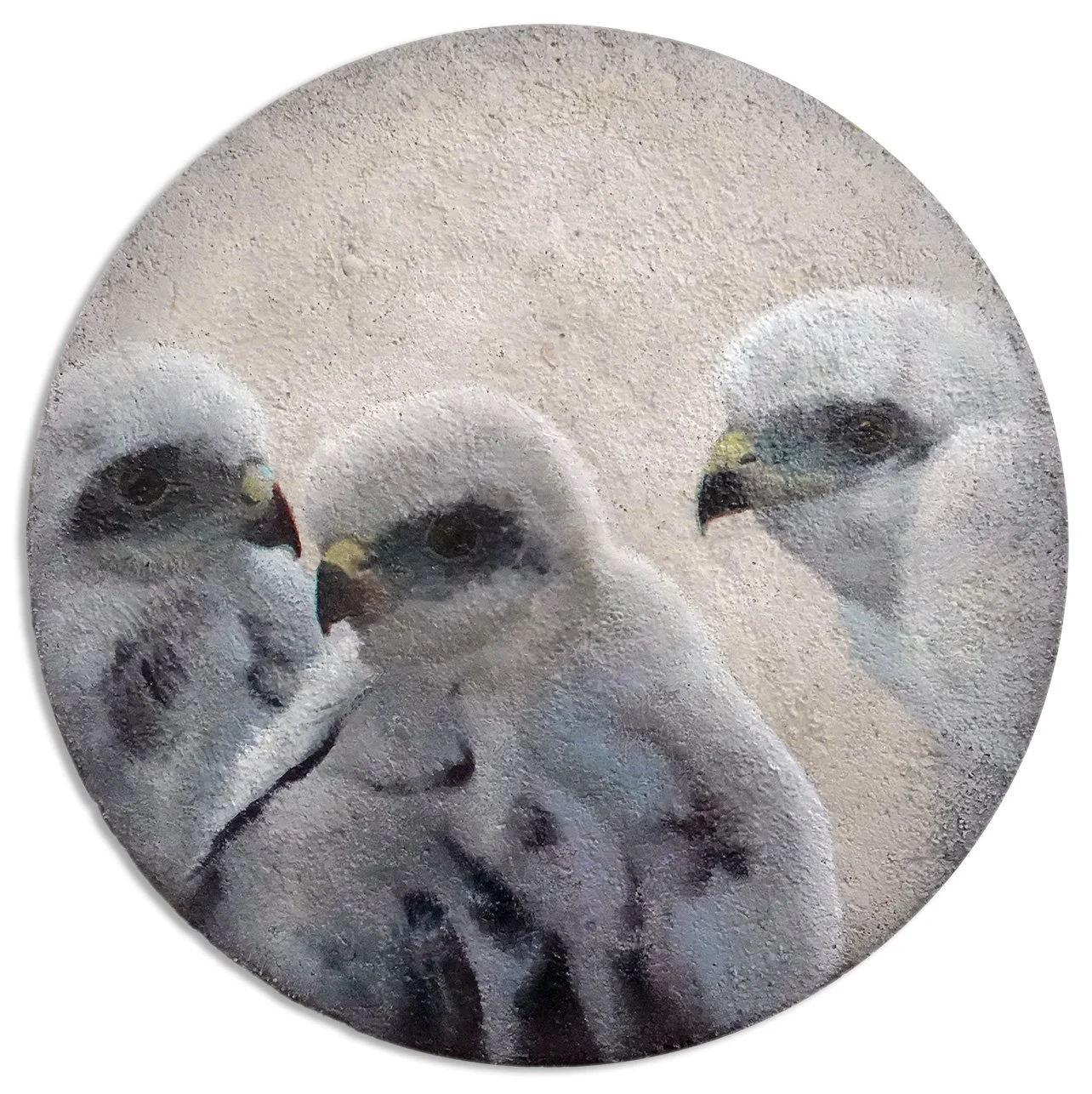My fourth painting is of a shingling plant I documented in Yakushima, in this case Ficus pumila. Ficus pumila is a native species in Japan (and other East Asian countries). I’m always attracted to epiphytic shingling plants (plants that climb up trees or rocks vertically such that their leaves look like lush shingles atop their substrate). This was a very time-consuming painting in both the drawing and painting stages, but I think it was well worth the effort!
Yakushima Island was not as fertile for rice production as other areas of Japan, so during the Edo period, Yakushima paid for its shoganate taxes by logging sugi trees and producing wooden shingles rather than in the more customary rice. This deforestation had negative environmental impacts. Reforestation and conservation efforts including declaring the island a UNESCO World Heritage site have since tried to rebalance the important island forest ecosystem. This painting’s title references both the plant’s growth habit and common grouping name as well as Yakushima’s ecological history.
This is Shingling, acrylic on round wooden panel, 12x12x.875”, 2024.
